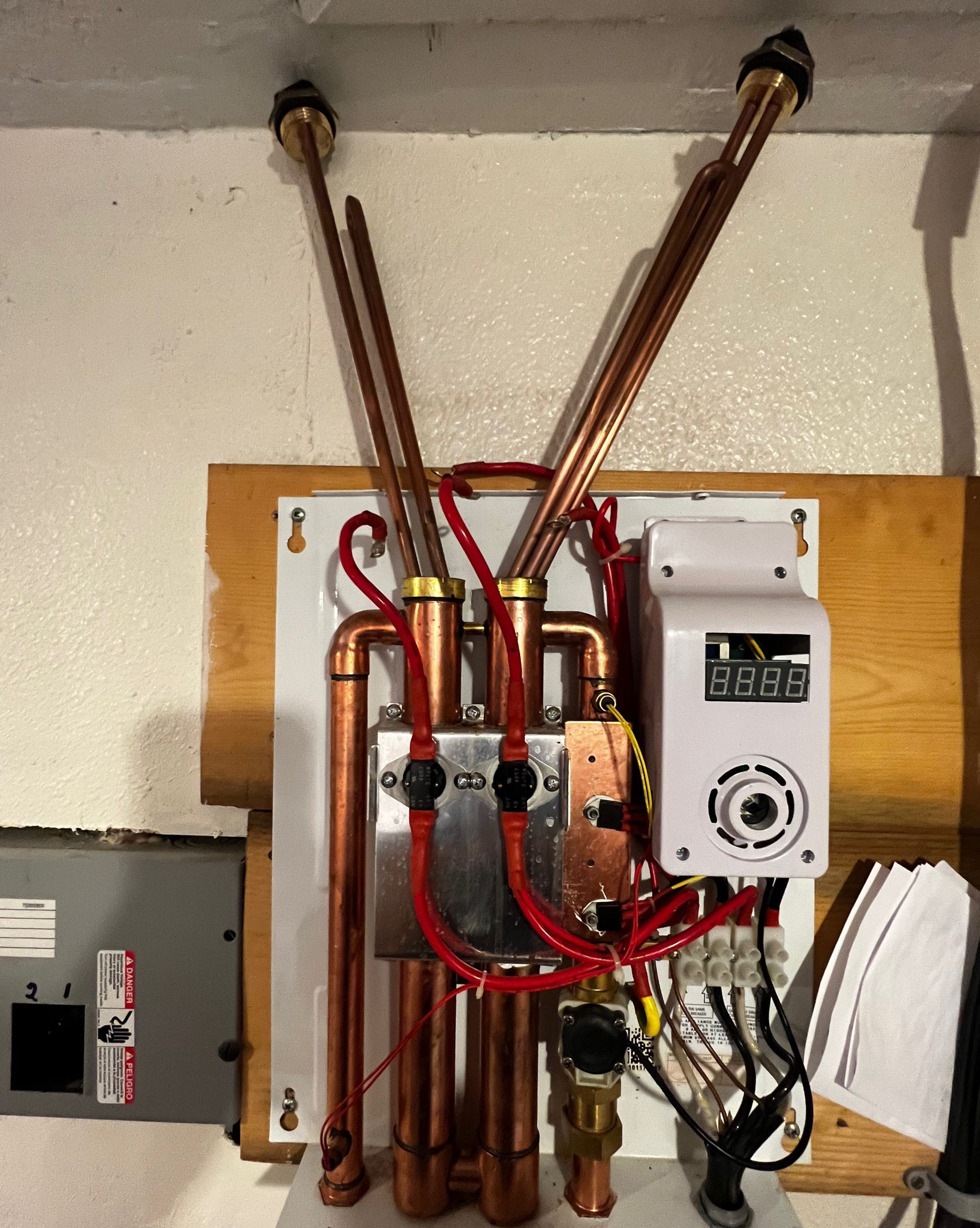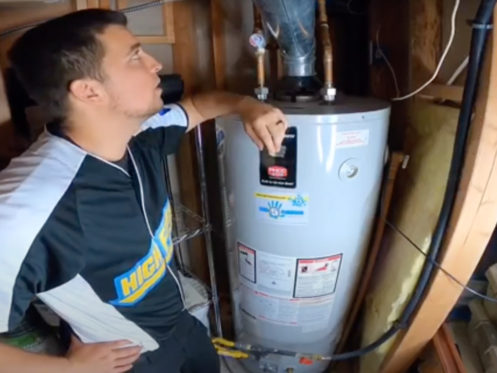Step-by-Step Guide to Caring for Your Home's Hot Water System
Click HereWhat're your opinions concerning What Kind of Maintenance Do Water Heaters Need??

Warm water is necessary for everyday comfort, whether it's for a refreshing shower or cleaning recipes. To guarantee your hot water system runs efficiently and lasts much longer, routine maintenance is vital. This post supplies useful ideas and understandings on exactly how to keep your home's hot water system to stay clear of interruptions and expensive fixings.
Introduction
Maintaining your home's warm water system may appear difficult, but with a couple of basic steps, you can guarantee it operates smoothly for years to find. This guide covers every little thing from comprehending your hot water system to DIY maintenance ideas and recognizing when to contact professional aid.
Relevance of Maintaining Your Hot Water System
Regular upkeep not only prolongs the life expectancy of your warm water system but also guarantees it operates successfully. Ignoring maintenance can cause lowered effectiveness, greater power bills, and also premature failing of the system.
Signs Your Hot Water System Demands Upkeep
Knowing when your warm water system needs interest can protect against major problems. Keep an eye out for indicators such as inconsistent water temperature level, strange noises from the heating unit, or corroded water.
Understanding Your Hot Water System
Prior to diving right into maintenance jobs, it's practical to understand the basic elements of your hot water system. Normally, this includes the hot water heater itself, pipelines, anode rods, and temperature controls.
Month-to-month Maintenance Tasks
Regular month-to-month checks can help catch small issues prior to they escalate.
Flushing the Water Heater
Flushing your water heater eliminates sediment accumulation, boosting efficiency and prolonging its life.
Checking and Replacing Anode Rods
Anode rods avoid rust inside the container. Evaluating and changing them when worn out is essential.
Examining and Changing Temperature Settings
Changing the temperature settings guarantees ideal performance and safety.
DIY Tips for Maintenance
You can carry out a number of maintenance tasks yourself to maintain your warm water system in leading problem.
Looking for Leaks
Frequently evaluate pipelines and links for leakages, as these can result in water damages and higher bills.
Examining Stress Alleviation Valves
Evaluating the pressure safety valve ensures it functions correctly and protects against too much stress accumulation.
Insulating Pipes
Insulating warm water pipelines decreases heat loss and can conserve power.
When to Call an Expert
While DIY maintenance is beneficial, some concerns need professional knowledge.
Complex Issues Calling For Expert Help
Instances include major leakages, electrical problems, or if your hot water heater is constantly underperforming.
Routine Specialist Maintenance Benefits
Professional upkeep can consist of extensive evaluations, tune-ups, and making certain conformity with safety criteria.
Conclusion
Normal upkeep of your home's hot water system is necessary for efficiency, durability, and cost savings. By following these ideas and knowing when to look for professional assistance, you can ensure a trusted supply of warm water without unexpected disturbances.
How to Maintain an Instant Hot Water Heater
Before tinkering with your hot water heater, make sure that it’s not powered on. You also have to turn off the main circuit breaker and shut off the main gas line to prevent accidents. Also turn off the water valves connected to your unit to prevent water from flowing into and out of the appliance. 2. When you’re done, you have to detach the purge valves’ caps. These look like the letter “T†and are situated on either side of the water valves. Doing so will release any pressure that has accumulated inside the valves while at the same time avoid hot water from shooting out and burning your skin. 3. When the purge valves’ caps are removed, you have to connect your hosing lines to the valves. Your unit should have come with three hoses but if it didn’t, you can purchase these things from any hardware or home repair shops. You can also get them from retail stores that sell water heating systems. Read the user’s manual and follow it to complete this task properly. When the hosing lines are connected, open the purge port’s valves. 4. You should never use harsh chemical cleaners or solutions when cleaning your unit. Make use of white vinegar instead. It should be undiluted and you’ll probably use about 2 gallons. 5. Now flush your water heater. This task should probably take about 40 minutes. We can’t give you specific directions for this because the procedure is carried out depending on the type, model and brand of your heater. With that being said, refer to the user’s manual. 6. When you’re done draining the unit, you have to turn off the purge port valves again. Remove the hosing lines that you earlier installed on each of the water valves. Put the valve caps (purge port) back in their respective places and be very careful so as not to damage the rubber discs that are found inside these caps. 7. Now that everything’s back in place, check your user’s manual again to find out how to reactivate your water heating system. 8. Once it is working, turn one of your hot water faucets on just to let air pass through the heater’s water supply pipes. Leave the tap on until water flows smoothly out of it. https://www.orrplumbing.com/blog/2014/september/how-to-maintain-an-instant-hot-water-heater/

I found that entry on Tips For Maintaining Your Hot Water Heater while browsing on the search engines. Sharing is good. Who knows, you may just be helping someone out. Many thanks for taking the time to read it.
Book My Estimate